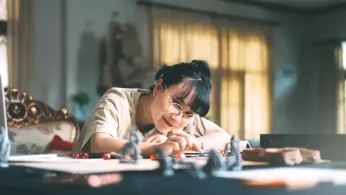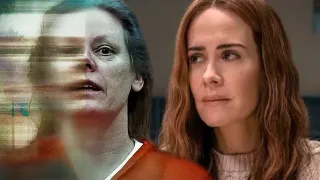
Nov 8
From the Dungeon to the Dancefloor: How Queer Tabletop Culture Became the Ultimate Safe Space
READ TIME: 3 MIN.
On a Friday night in 2025, it’s not unusual to hear laughter echoing from a kitchen table crowded with dice, character sheets, and the kind of snacks only true adventurers can justify. But listen closer—these tables aren’t just sites of fantasy and fun. For many LGBTQ+ players, they’re sanctuaries, stages, and laboratories for self-invention, where the boundaries of gender, sexuality, and identity are as mutable as a wizard’s spellbook.
In the last decade, queer tabletop gaming has exploded from niche subculture to a movement rewriting the rules of Dungeons & Dragons, Monsterhearts, and every campaign in between. Whether it’s a group of nonbinary elves queering the high-fantasy canon, or a trans Dungeon Master (DM) weaving personal history into epic quests, this is more than escapism—it’s cultural work, resistance, and joy .
“Here, I get to be the hero I needed growing up,” shares Alex (they/them), a veteran DM whose home game has become a magnet for queer players in their Midwestern city . This sentiment rings out in research, which found that LGBTQIA+ players consistently identified the gaming table as “a place to feel safe, explore, escape, collaborate, and grow” .
For many, tabletop role-playing games (TTRPGs) offer a unique chance to try on identities, pronouns, and relationships in a low-stakes, high-support setting. The fantasy isn’t just dragons and dungeons; it’s the radical notion that you can be anyone, love anyone, and change the story’s ending. As researcher Seth T. Carroll notes: “LGBTQIA+ individuals experience special opportunities to explore their gender and sexual identities in a safe, fantasy setting separate from the cultural context and constraints of their real lives” .
The numbers tell their own story. At Gen Con 2025, one of the world’s largest gaming conventions, nearly a quarter of attendees under 35 identified as LGBTQ+—a figure that’s echoed by recent industry surveys showing a far higher representation of queer and trans people in games than in the general population . The reason? Games are being queered from the ground up. Designers, writers, and DMs are embedding their lived experiences into rulebooks, modules, and streams, refusing to hide their magic behind a +2 Cloak of Heteronormativity .
“Queerness and video games share a common ethos: the longing to imagine alternative ways of being and to make space within structures of power for resistance through play,” writes queer scholar Bo Ruberg . For many, simply gathering to play is an act of quiet rebellion—especially in places or times where being “out” might invite risk. The table’s collaborative nature fosters bonds that outlast campaigns. As one player described, “I’ve met a lot of queer friends through board gaming. It’s always been a really welcoming community for trans and for queer folks” .
It’s not just about who’s at the table, but what stories get told. In queer-led campaigns, the old tropes are gleefully subverted. Villains become allies, love stories center sapphic paladins or polyamorous tieflings, and gender is as fluid as a potion of polymorph. Game designers are responding in kind. More games now foreground queer stories and mechanics, while publishers recognize the demand for inclusive content—and the creative power of queer voices .
This revolution isn’t always smooth. Mainstream gaming still wrestles with its own dragons—gatekeeping, sexism, and the legacy of cis-hetero narratives . Yet the homegrown, DIY spirit of queer gaming communities persists. As one designer put it: “Game designers will make—and are already making—games based on specific moments of their lived experience. In other words, queering games is a mode of game design in which the personal is at stake” .
There are challenges, of course. Not every gaming group is safe, and not every convention is inclusive. But the trajectory is clear. Industry reports show LGBTQ+ representation increasing year-on-year, with more queer people making and playing games than ever before . The ripple effect is profound: young people see themselves reflected as heroes, storytellers, and world-builders, not just sidekicks or tokens.
And as more queer creators claim their seat at the table, the stories get bigger, bolder, and queerer. Tabletop isn’t just a pastime; it’s a proving ground for the worlds we want to build—together. Or, as Alex says at the start of every campaign, “You sit down at the table. Anything can happen. Especially here.”






